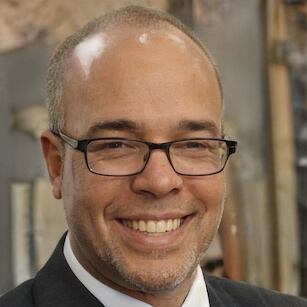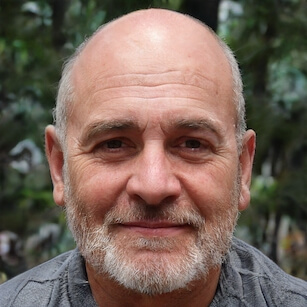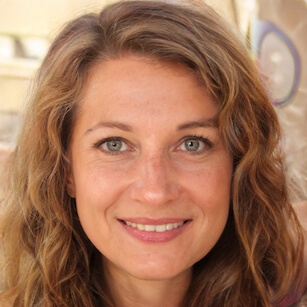Agile is my go-to methodology for projects that require flexibility and adaptability. In one of my previous roles, I managed a software development project where requirements were constantly evolving as the client discovered new needs. Using Agile, we were able to iteratively develop and deliver features based on changing priorities, ensuring a successful outcome.
Scrum is a specific Agile framework that I have employed in situations where a more structured approach is needed. I recall a time when I was responsible for managing a cross-functional team working on a complex web application. We used Scrum to break the project into manageable sprints, conduct daily stand-ups, and maintain a product backlog. This helped us stay organized and focused on delivering high-quality results.
Waterfall is a more traditional, linear approach that I have used for projects with well-defined requirements and a clear path to completion. A useful analogy I like to remember is that Waterfall is like building a house, where you need to complete one phase before moving on to the next. In one case, I managed a hardware integration project where we followed a strict Waterfall methodology, ensuring that each phase was thoroughly tested and documented before moving on to the next.
Overall, my experience with various methodologies has taught me the importance of selecting the right approach for each project and being able to adapt as needed.










